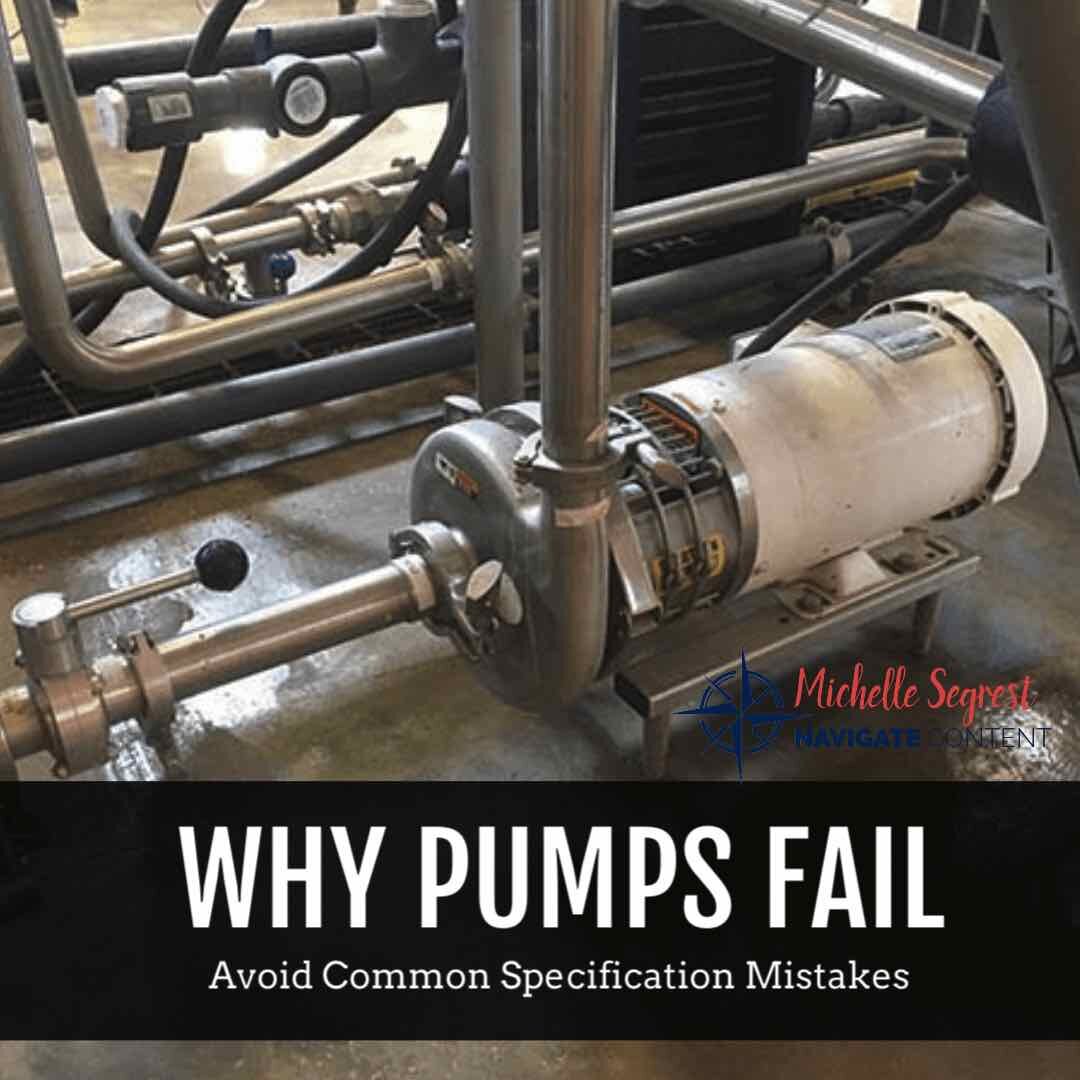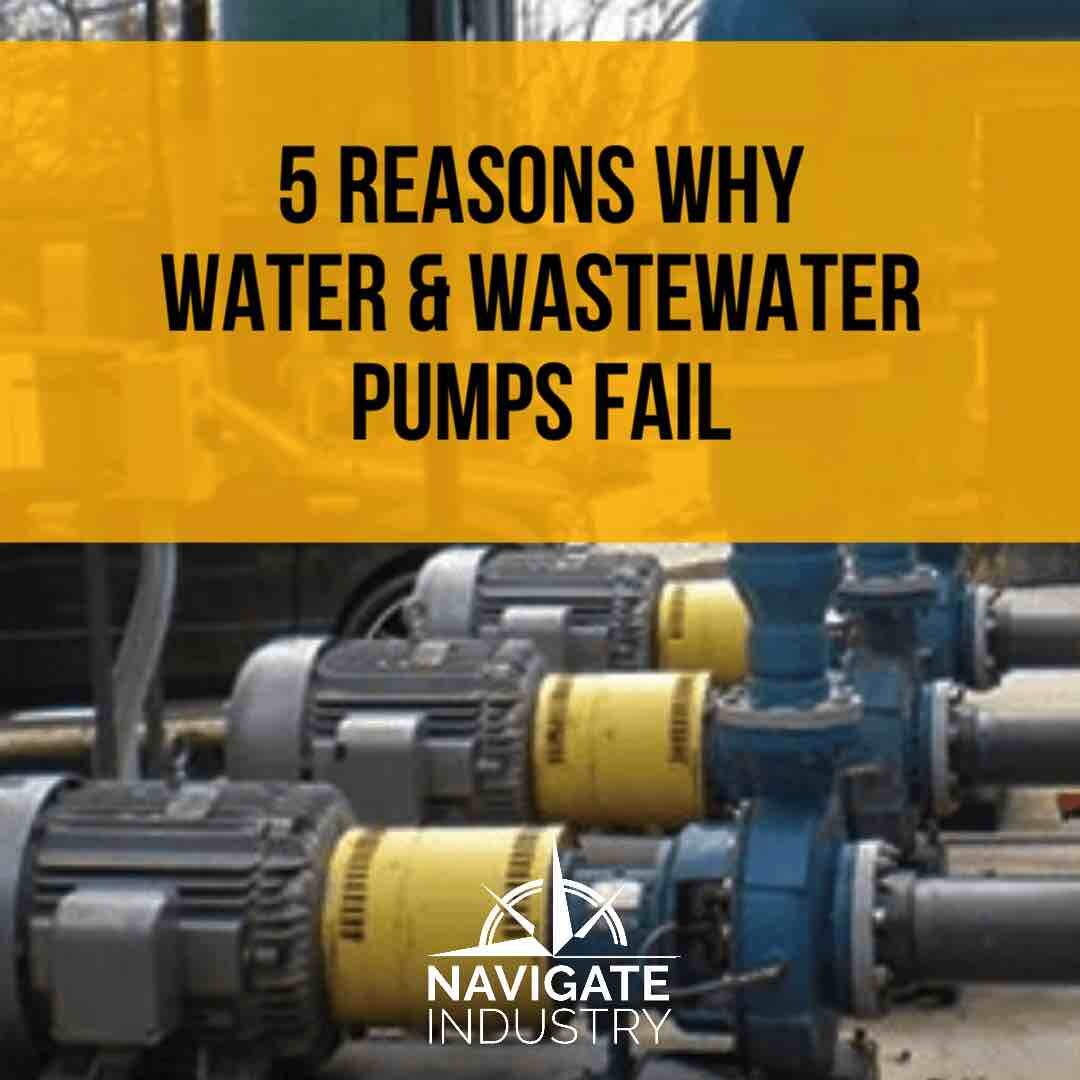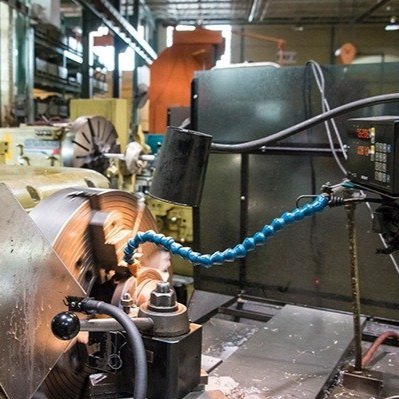Seals Used in Harsh Environments
/According to experts, choosing the right seal for each specific job is crucial to the overall safety and performance of seals in hazardous pump applications.
By Michelle Segrest, Navigate Content, Inc. - Reporting for Pump Engineer Magazine
In pump applications that require harsh chemicals to collide with seals, many dangerous things can happen. Among them are corrosion, erosion, phase change (the material changes from a liquid to a solid or a gas), clogging, and radial and/or axial mechanical movement.
These can all present danger to the equipment and to the environment, according to Fluid Sealing Association Technical Director Henri Azibert. Fortunately, there are steps that can be taken to prevent seal failures.
“Regular maintenance for mechanical seals is minimal,” explained Azibert, who is also an innovation and technology consultant for Camtrack, LLC. “However, the environmental controls used for the seal to operate properly should be monitored regularly. For example, the liquid in barrier fluid tanks needs to be up to a specific level. Depending on operating conditions, periodic refilling may be necessary. Failure to maintain the proper level will stop barrier fluid circulation and will cause seal failure.”
Choosing the Best Seal for the Specific Application
Choosing the right seal for each application is crucial, Azibert said. “When a seal fails, resist the temptation to blame the seal. If it was the right seal for the application, look for something else in the system that caused the seal to fail. Otherwise, the same problem will recur with the same or another replacement seal.”
Not only should the specific industry and application be considered, but the geography can also affect the overall performance of the seals—particularly when used in harsh environments, according to Steve Ryder, managing director of EagleBurgmann Australia.
“Which seal you choose depends where you are as well as the industries,” Ryder explained. “In Australia, for example, there are a lot of mining and mineral processing-related applications that use large, chemical pumps that deal with abrasive and aggressive slurries. The chemicals that go along with it can be quite hazardous. We are concerned with anything that could possibly cause contamination of the product, and we must be aware of what is driving that industry. If we are looking at things like petrochemical or chemical production, for example in Southeast Asia, or the Middle East where most applications are chemical and petrochemical related, we are looking at safety and reliability as the primary drivers.”
Because so many factors must be considered, careful attention must be given when determining the best seals to use for applications where harsh products are being pumped.
“If you were to talk to 10 people you would get 10 different answers to the question of the best seal for each application,” Ryder said. “It really does depend on the customer, on the application, and what’s driving the customer at that particular point in time. In some industries, customers are very concerned with the quality of maintenance. Sometimes the answer is a simple packing solution, but that’s a low level of sealing. If they look at all the expenses associated with it, it becomes quite expensive, including the use of external water. In some markets having lots of water is not an issue, but if you are in the Middle East having water to waste is a serious concern.”
Mechanical seals are designed for long, trouble-free life, according to Azibert.
“With the right seal in place, the process is likely to change before seal replacement is required,” he explained. “However, using the wrong seal in an application can result in premature and even immediate failure.”
Major Concerns for Choosing Seals
According to experts, misapplication is the number one concern when it comes to choosing the right seal for harsh environments, but improper installation can also cause troubles with seal performance. Other things to consider include the possibility of a change in operating conditions, like temperature, pressure, flow rate, or liquid properties.
When seals fail, there can be a harmful release of toxic materials and fugitive emissions. Seal failure can also affect power consumption and the overall carbon footprint.
Manufacturers and operators are taking significant precautions to be sure that leaking of harmful materials is prevented.
“In a lot of instances, you have instrumentation and other control systems that are used on a supply system to identify if the level of leakage is increasing or if there is a change of pressure or other indications that the seals is in stress,” Ryder said. “All seal companies ensure those designs for fail to safe. Even if the seal goes wrong, it is important that what is inside is kept inside.”
In the oil industry, for example, API 682 requires that seals are designed for three years life. Some last longer, and some have shorter periods of performance. “The levels of maintenance required vary country to country and company to company,” Ryder said. “Therefore, all seal companies are looking to make extremely tolerant seals which can deal with transient or upset conditions.”
As a result, many seal companies are looking for ways to gain more information about the condition of the seal and how it is performing.
“There are some really clever innovations with regard to the sensoring and monitoring of a seal’s performance being developed,” Ryder explained. “Safety is always a primary concern. Sometimes budget constraints cause these problems. In the ideal world, we would like it if everyone uses the latest designs and the latest technologies, but this doesn’t really happen in the real world. Sometimes compromises are made.There are some very exciting developments in the sealing industry. New challenges and issues come up all the time, and some manufacturers are being proactive.”
Consider Specific Materials During Seal Selection
When it comes to seals—especially those used in harsh conditions—a primary concern is ensuring the material being moved stays inside.
“You are looking at pressure, speed, the composition of the material, the type of pump, whether the fluid being pumped stays fluid or if it continues to change, how much solid is in the fluid and how the solid reacts,” Ryder said. “All these things enter into the equation.”
In some industries, it becomes even more important. For example, when human consumption is involved like in the pharmaceutical and food and beverage industries it is crucial to be sure there is contamination of the products.
Complex solutions can often come at a high price, Ryder said.
“A lot of it depends on the level of development of the industry and how concerns for safety or reliability,” Ryder said. “There are still many customers who are concerned simply with the purchase price of the seal and not the cost of life price or the cost of reliability. We can offer extremely reliable seals that will tolerate whatever is thrown at them, but that requires more expense.”
All consumers want a seal that will reliably operate, but cost quality are factors in the decision of the best seal for the job.
“Price always depends on the particular contracts and many other elements,” Ryder said. “Customers want something that will work, obviously. But quality is expensive sometimes. A Ford will get you from Point A to Point B, and so will a Ferrari. But it’s possible that one is better made than the other one and more reliable. And, of course, they are made for different jobs. There is a hierarchy of industries in which the importance of the seal is particularly important. You need high-end seals for petrochemical and pharmaceutical applications, but if it’s a swimming pool and the seal fails, well, then only water comes out. But when working with levels of toxic materials you must make sure that seal is not leaking. Nothing can come out.”
To address this, manufacturers like EagleBurgmann continue to produce high-end solutions.
“One of the more modern products that we have at the moment is the diamond-faced seal—the surface of the seal is made of diamond,” Ryder said. “It’s very, very hard, and therefore, it’s very tolerant of anything that would typically destroy a seal. It keeps itself in good condition. One of the big benefits is where we may see some transient conditions within the pumping application. Typically, a seal may fail but this one is very tolerant and reliable. It has proven itself to be very attractive to customers with changing applications within their assets.”
5 Tips for Choosing the Best Seal for the Application
Azibert offered five crucial tips for choosing the best seal for each application.
Information, information, and more information.
There must be an extensive interchange between the user and the supplier.
Use dual seals in order to seal a lubricating non-toxic/non-flammable barrier fluid instead of process.
Err in favor of safety.
Acquisition cost is the worst criterium for seal selection.
Ryder added that when a seal does fail, it is important to have procedures in place to shut the pump down safely. “If a seal is coming back to us for repair, we need to understand what is the purpose of the seal, and how it’s being used. This makes communication between supplier and user crucial,” he said.
Michelle Segrest is president of Navigate Content, Inc. She has been a professional journalist for more than 30 years and creates content for the processing industries. She can be reached at michelle@navigatecontent.com
If you like this article about Seals Used in Harsh Environments, please PIN IT!
This page contains affiliate links. If you click on the product links and make a purchase, it allows me to make a small commission at no extra cost to you! Thank you for your support! I hope you find value in this content!












